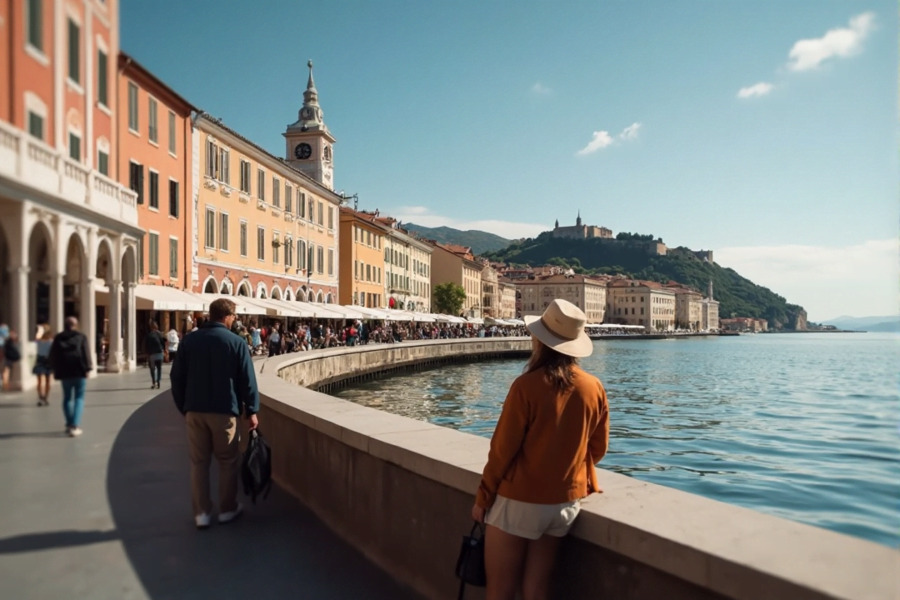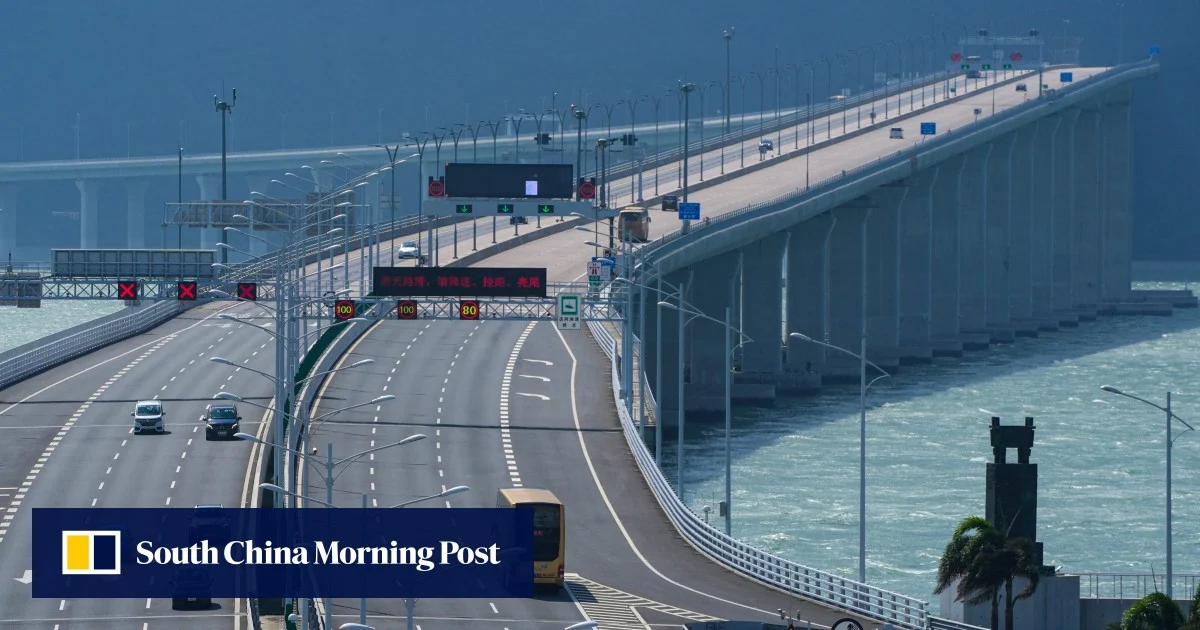Published on
October 16, 2025
In 2025, Sofia is witnessing a remarkable 10% surge in tourist arrivals, driven by a strong influx of visitors from key global markets, including the United Kingdom, Italy, the United States, Greece, Israel, Turkey, Germany, Spain, Romania, and France. This growth is attributed to improved air connectivity, increased awareness through targeted marketing campaigns, and the city’s growing reputation as a cultural, historical, and business hub in Europe. Enhanced accessibility and Sofia’s diverse offerings are making it an increasingly attractive destination for travelers from these key countries, fueling the city’s tourism boom and solidifying its position as a top European travel spot.
Between January and September 2025, Sofia, the capital of Bulgaria, saw notable growth in its tourism sector. According to data from the Unified Tourist Information System (ESTI), the city experienced a 10% increase in the number of tourist arrivals and a 6% rise in overnight stays compared to the same period in 2024. This increase in tourism numbers highlights Sofia’s growing reputation as a vibrant and desirable travel destination in the region.
The data provided by Visit Sofia, the municipal tourism enterprise, revealed that more than one million tourists visited the city during this period. Of these visitors, 63% were from foreign countries, while the remaining 37% were Bulgarian nationals. The significant presence of international tourists suggests that Sofia is gaining popularity not only among regional visitors but also attracting travelers from further afield, further establishing its position as a cosmopolitan hub for culture, history, and entertainment.
The rising number of international visitors to Sofia also underscores the city’s evolving role as a significant European destination. The city’s tourism growth reflects its efforts to enhance its appeal to a broader audience, offering a blend of modern attractions, historical landmarks, and cultural experiences. As travelers increasingly look for destinations that provide a combination of tradition and modernity, Sofia has become a place that fulfills these expectations with its unique mix of old and new.
The National Statistical Institute of Bulgaria has reported that the average length of stay in Sofia is 2.2 days. This figure indicates that many visitors are choosing to spend a few days exploring the city, making it an attractive option for short trips or extended weekend getaways. The relatively short stay suggests that while Sofia is a popular destination, there is still potential for growth in terms of encouraging longer stays or repeat visits, particularly as the city continues to enhance its offerings in tourism-related infrastructure and experiences.
Visitors to Sofia come from a variety of countries, with the largest number of tourists coming from Italy, Greece, Israel, Turkey, Germany, the United Kingdom, Spain, Romania, the United States, and France. These countries represent a diverse array of cultures and backgrounds, further underlining Sofia’s broad international appeal. The presence of a significant number of tourists from Western Europe, as well as from the Middle East and the United States, highlights the city’s ability to attract a wide-ranging audience.
The diversity of the visitor base also speaks to the city’s ability to cater to various interests. Whether it’s the rich history and heritage of Sofia’s ancient sites, such as the Roman ruins, Byzantine churches, and Ottoman influences, or its modern attractions, like vibrant nightlife, art galleries, and contemporary architecture, Sofia offers something for everyone. This mixture of old and new makes it a destination that can appeal to history enthusiasts, cultural tourists, and those looking for more modern entertainment options.
In terms of specific trends, there has been a particularly strong growth in the number of tourists coming from Israel and Poland. Visitors from Israel saw a dramatic increase of 50% compared to the previous year, while arrivals from Poland grew by 30%. This surge in Israeli and Polish tourists may be attributed to increased cultural exchanges, the city’s growing popularity in these regions, or changes in travel patterns due to various factors such as improved connectivity and promotional efforts targeting these countries.
On the other hand, the United Kingdom experienced a slight decline in the number of visitors, with arrivals dropping by 7%. This decrease may be tied to various factors, including economic conditions, changing travel preferences, or shifts in the political landscape. Nevertheless, the overall rise in international tourism to Sofia suggests that the city continues to draw interest from travelers despite the reduction in visitors from certain regions.
Tourism from the United States also saw a slight increase, although American visitors tended to stay for shorter periods. The shorter stays could be linked to the relatively long travel distance from the United States to Sofia, which often means American tourists may choose quicker trips or combine their visit to Sofia with other European destinations.
This mix of rising and slightly declining tourism trends reflects broader changes in the global travel landscape. While some traditional markets may see fluctuations, emerging markets like Israel and Poland are offering new opportunities for growth. This creates a dynamic and evolving tourism profile for Sofia, one that demands adaptability and continuous efforts to cater to changing preferences.
Looking ahead, Sofia is likely to continue its efforts to expand its tourism sector further. Enhancements in infrastructure, such as improved transportation networks, accommodations, and visitor services, will be crucial in ensuring the city remains attractive to both first-time visitors and returning tourists. Additionally, targeted marketing campaigns aimed at key regions will help boost awareness and further solidify Sofia’s position as a leading European destination.
In 2025, Sofia sees a remarkable 10% surge in tourist arrivals, driven by a strong influx from key markets like the UK, Italy, the US, and Germany, fueled by increased flight connectivity, strategic marketing, and the city’s rising appeal as a cultural and business hub in Europe.
the first nine months of 2025 marked a significant milestone for Sofia’s tourism industry, with a substantial increase in both tourist arrivals and overnight stays. The city’s appeal continues to grow, as evidenced by the increase in foreign visitors and the diversity of countries from which they come. With continued investment in tourism development and strategic marketing, Sofia is well-positioned to capitalize on its emerging status as a must-visit destination for travelers from around the world. The city’s blend of historical charm, modern attractions, and cultural experiences ensures it will remain an attractive choice for years to come.



